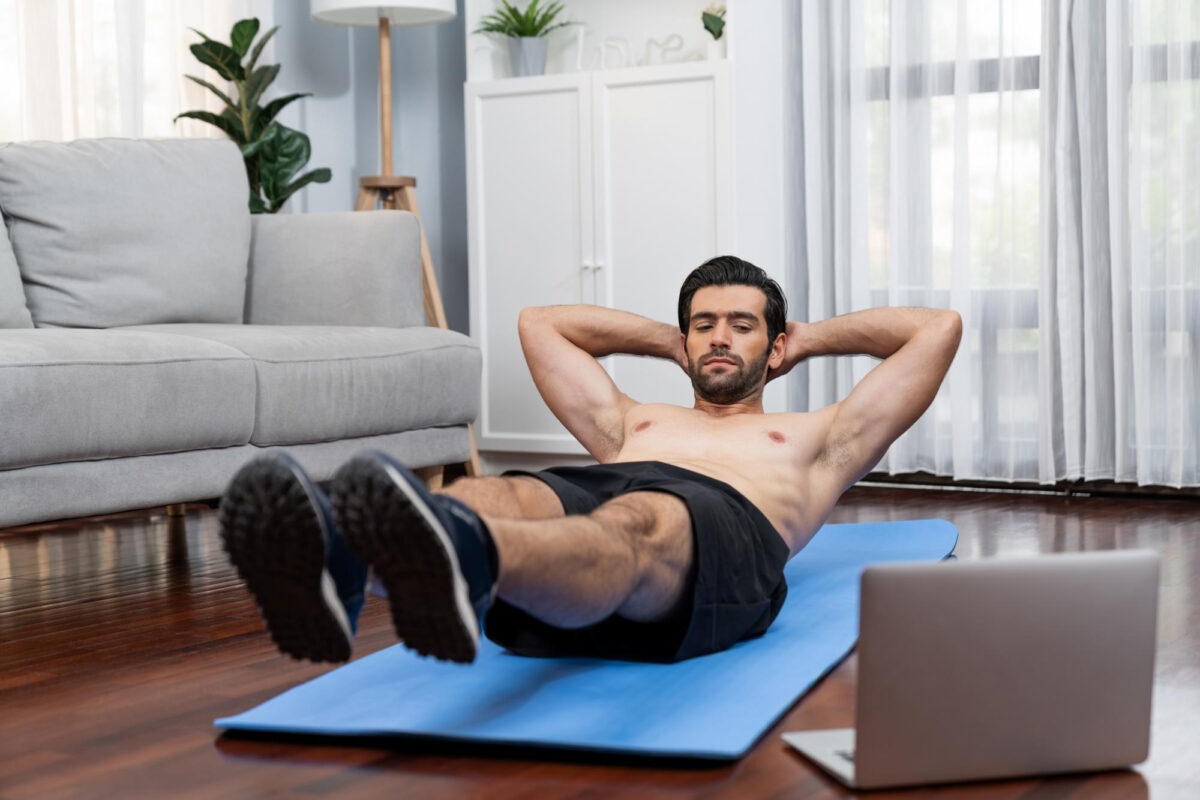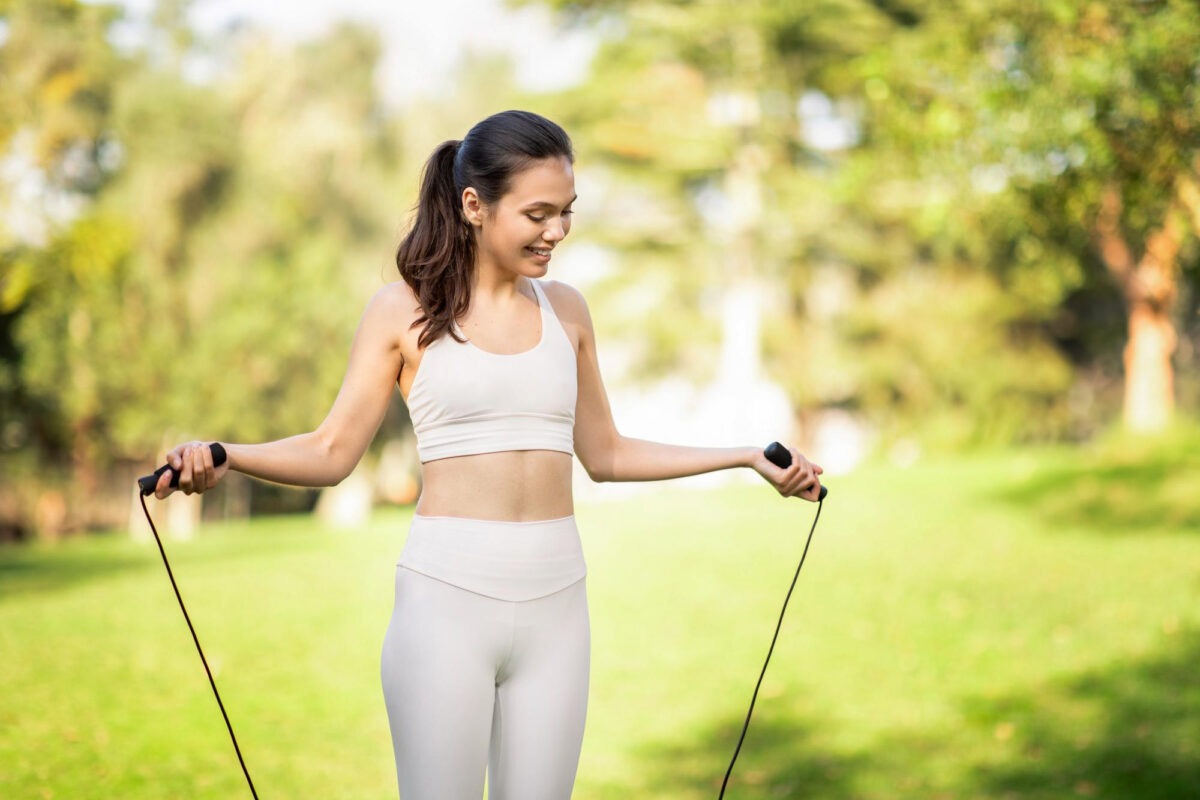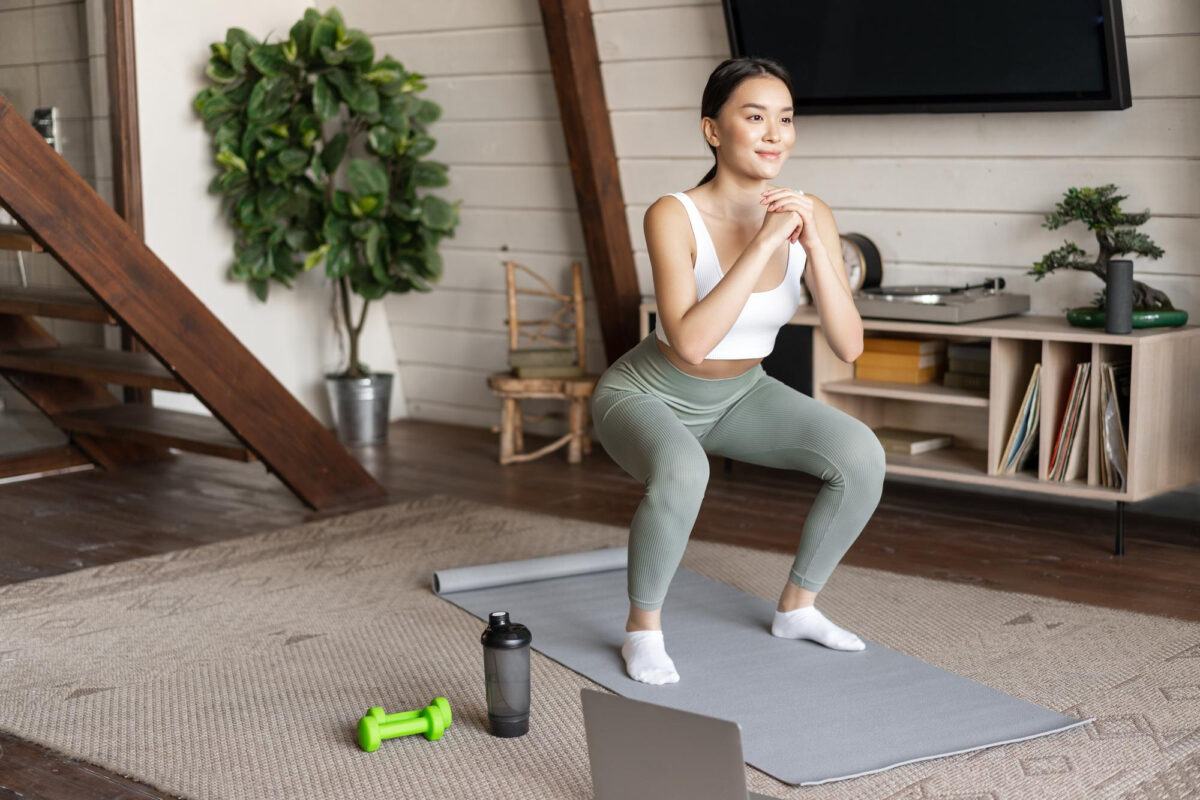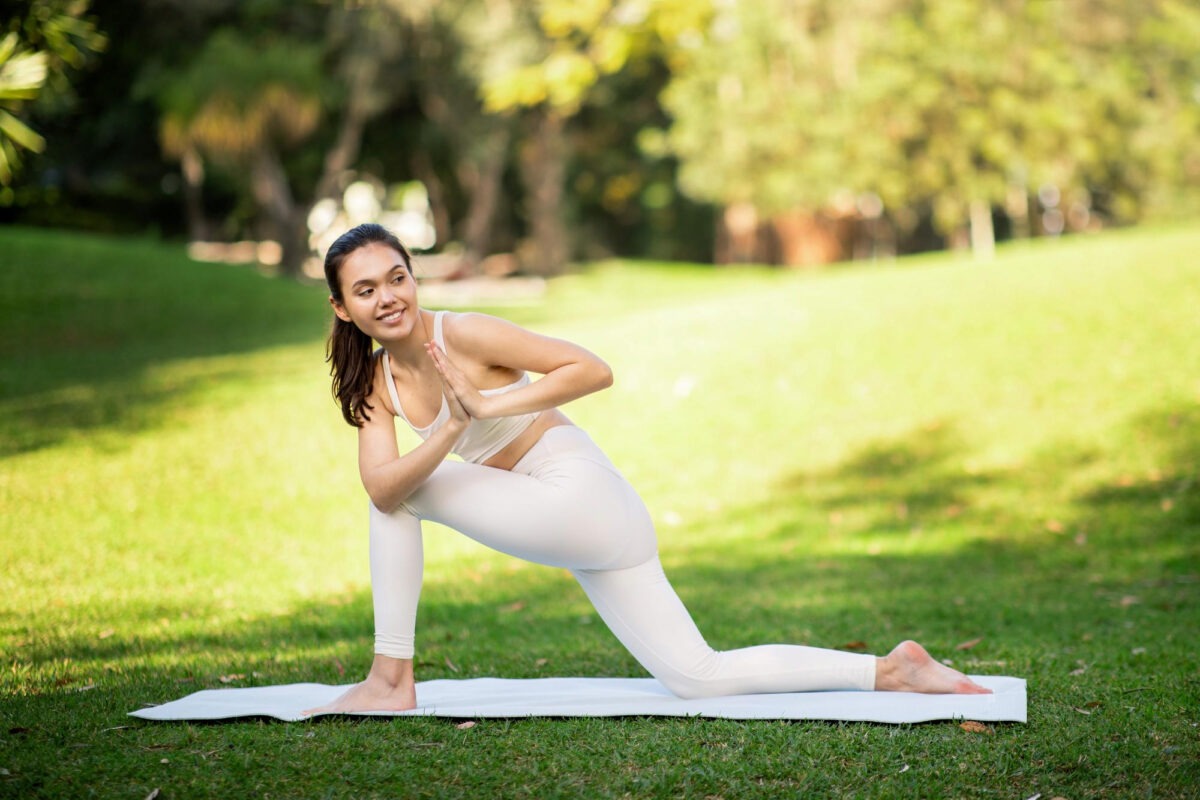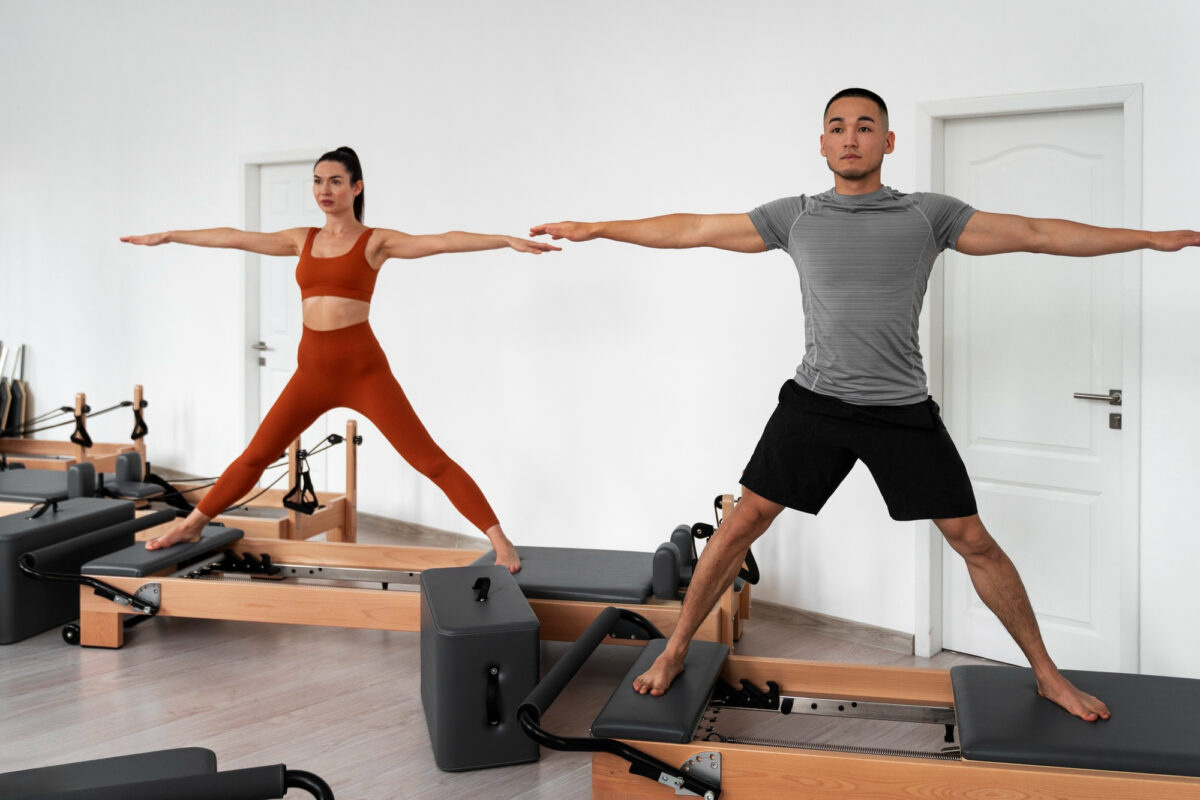Romanian Deadlift: Master the Technique for Optimal Performance
Introduction to Romanian Deadlift
The Romanian Deadlift (RDL) stands as a fundamental exercise in strength and conditioning programs, known for its profound impact on the posterior chain muscles. This variant of the traditional deadlift focuses intensely on the hamstrings, glutes, and lower back, offering a blend of strength, flexibility, and balance enhancement. Mastering the RDL can lead to significant improvements in athletic performance, posture, and overall muscle definition.
Step-by-Step Guide to Perfect RDL Form
Achieving the perfect RDL form is essential for maximizing its benefits while minimizing the risk of injury. Here’s a detailed breakdown to ensure you’re on the right track:
- Starting Position: Begin with your feet hip-width apart, a barbell in front of you. Bend slightly at the knees, hinge at the hips to grab the bar with an overhand grip, ensuring your hands are just outside your legs.
- Lift Off: Engage your core, keep your back straight, and lift the barbell by extending your hips. The bar should remain close to your legs throughout the movement.
- Descending Phase: With a slight bend in the knees, hinge at the hips to lower the barbell down your legs. Keep the bar close to your body, back straight, and head in a neutral position. Descend until you feel a stretch in your hamstrings, usually just below the knee.
- Ascending Phase: Drive through your heels, extend your hips, and return to the starting position. Keep the core engaged and maintain a straight back throughout the movement.
- Breathing Technique: Inhale on the way down, pause at the bottom, and exhale as you return to the starting position.
Muscles Targeted by the Romanian Deadlift
The RDL is renowned for its comprehensive activation of the posterior chain muscles, which include:
- Hamstrings: Primary movers in the exercise, they work to extend the hip during the lift.
- Gluteus Maximus: Engaged during the hip extension, contributing to the upward phase of the lift.
- Erector Spinae: This group of muscles supports the spine, ensuring a neutral back throughout the movement.
- Adductors: These inner thigh muscles assist in stabilizing the legs during the lift.
- Core Muscles: The abdominal and oblique muscles are engaged to maintain stability and protect the spine.
Benefits of Incorporating RDL into Your Routine
Incorporating the RDL into your exercise regimen brings numerous benefits, including:
- Enhanced Posterior Chain Strength: Builds a strong foundation for athletic movements and daily activities.
- Improved Posture: Strengthens the back and core muscles, promoting better alignment.
- Injury Prevention: By strengthening the hamstrings and glutes, the RDL can help protect the lower back and knees from strain.
- Flexibility and Mobility: Regular practice improves hamstring flexibility and hip mobility.
- Aesthetic Gains: Develops muscular definition in the legs and lower back, contributing to a more balanced physique.
Common Mistakes to Avoid
To reap the full benefits of the RDL, be mindful of these common errors:
- Rounding the Back: Always maintain a neutral spine to prevent strain on the lower back.
- Locking the Knees: Keep a slight bend in the knees to engage the correct muscles and protect the joints.
- Lifting Too Heavy, Too Soon: Start with a manageable weight to perfect your form before gradually increasing the load.
- Neglecting the Hip Hinge: The RDL is a hip-dominant movement. Failing to hinge at the hips reduces the effectiveness of the exercise and risks injury.
Modifications and Variations
To accommodate different fitness levels and goals, consider these RDL variations:
- Single-Leg RDL: Enhances balance and targets each leg individually, intensifying the focus on the hamstrings and glutes.
- Dumbbell RDL: A great alternative for those without access to a barbell or looking to challenge their grip and stability.
- Banded RDL: Adding resistance bands can increase the challenge, especially at the top of the movement, to further engage the glutes.
Incorporating RDL into Your Training Program
The RDL is a versatile exercise that can be adapted to various training goals. Whether you’re looking to build strength, enhance muscle definition, or improve athletic performance, incorporating the RDL 2-3 times per week can yield significant results. It’s best performed on lower body or full-body training days, ensuring adequate recovery between sessions.
Conclusion: The Path to Mastery
The Romanian Deadlift is more than just an exercise; it’s a cornerstone technique for anyone looking to enhance their strength, flexibility, and overall physical performance. By adhering to the principles of proper form, gradually increasing the intensity, and integrating variations, you can unlock the full potential of this powerful movement. Remember, consistency and attention to detail are key to mastering the RDL and reaping its myriad benefits.
